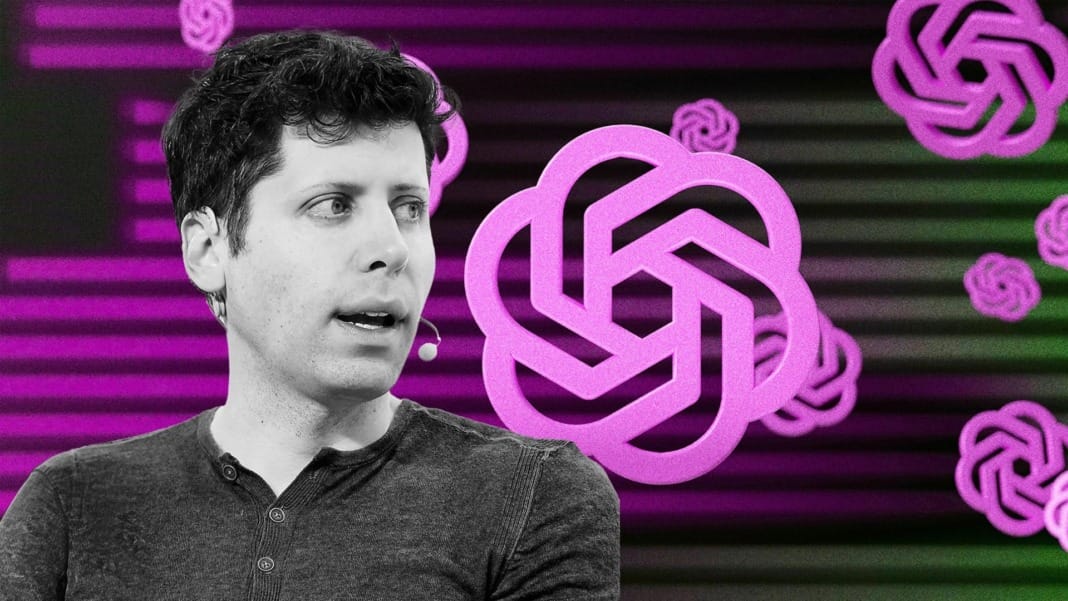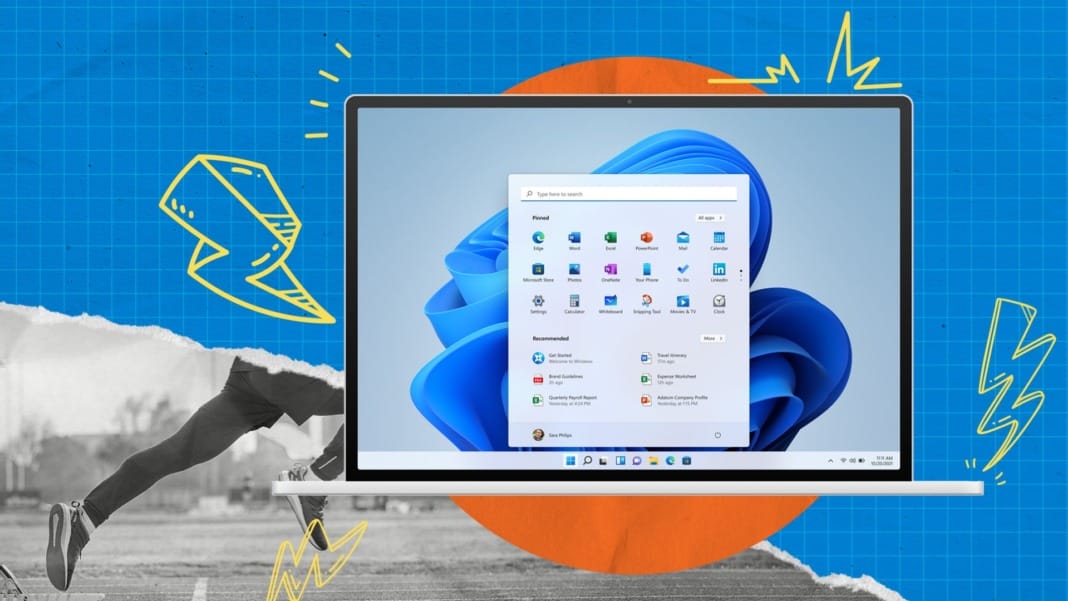OpenAI plans to launch its next highly anticipated AI model, Orion, by December, marking a major milestone in artificial intelligence development. According to sources familiar with the plan, OpenAI will take a unique approach by limiting early access to Orion, first collaborating closely with select partner companies to integrate the model into their products and features. This selective release strategy sets Orion apart from OpenAI’s previous models, which were widely available on ChatGPT right from the start.
Limited initial access aims to refine Orion’s capabilities
The initial release of Orion will not be open to the public. Instead, OpenAI is partnering with trusted companies to explore the model’s capabilities and refine its applications. Sources indicate that Microsoft, a primary partner in OpenAI’s journey, is gearing up to host Orion on its Azure platform as soon as November. Microsoft’s cloud infrastructure will provide the necessary resources to deploy Orion at a scale not yet seen in previous AI model releases.
Orion is designed as a successor to OpenAI’s GPT-4 model and is being prepared with a new level of power and functionality. Internally, the model has been hinted at as “up to 100 times” more powerful than GPT-4, representing OpenAI’s continued push toward developing Artificial General Intelligence (AGI), a long-term goal to create a machine with intelligence equivalent to a human’s. Whether Orion will bear the GPT-5 title when it becomes available to the public remains unclear, as OpenAI has not yet confirmed the model’s official branding. As with any technology release, the plans may be adjusted as OpenAI refines the model, according to insiders.
Orion uses advanced data techniques and aims for general intelligence
OpenAI’s development of Orion involved using the recently released o1 model, codenamed “Strawberry,” to generate synthetic data that helped accelerate Orion’s training. According to AI research experts, synthetic data generation is a cutting-edge technique for supplementing real-world datasets, improving the model’s training with diverse and expansive datasets. This approach offers Orion deeper insights, quicker responses, and a broader range of applications than its predecessors.
‘GPT Next’ to Achieve 3 OOMs Boost. Great insights from the #KDDISummit. Tadao Nagasaki of @OpenAI Japan unveiled plans for ‘GPT Next,’ promising an Orders of Magnitude (OOMs) leap. ⚡️ This AI model aims for 100x more computational volume than GPT-4, using similar resources but… pic.twitter.com/fMopHeW5ww
— Shaun Ralston (@shaunralston) September 3, 2024
In September, OpenAI’s research team celebrated a milestone with Orion’s training, indicating that the model is now fully trained and poised for deployment. The timing coincides with an enigmatic message from OpenAI CEO Sam Altman, who posted on X (formerly Twitter) that he was “excited for the winter constellations to rise soon.” This cryptic comment has sparked interest among AI enthusiasts, who speculate that Altman hinted at Orion’s winter debut, as the Orion constellation is most visible from November to February. When queried, the o1-preview version of ChatGPT alludes to the reference and even “hallucinates” a playful interpretation, rearranging letters to spell “ORION.”
i love being home in the midwest.
— Sam Altman (@sama) September 14, 2024
the night sky is so beautiful.
excited for the winter constellations to rise soon; they are so great.
OpenAI’s growth and challenges amid Orion’s launch
The release of Orion comes at a pivotal time for OpenAI, which recently secured a landmark US$6.6 billion funding round. The company has restructured itself to operate as a for-profit entity to manage its new funding better, aiming to expand its research and commercial capabilities. With this influx of capital, OpenAI is positioned to advance AI development at an unprecedented rate, but the shift to a for-profit structure has also brought organisational changes.
OpenAI is experiencing notable staff turnover as the company realigns to meet its evolving goals. Recently, Chief Technology Officer Mira Murati, Chief Research Officer Bob McGrew, and Vice President of Post Training Barret Zoph announced their departure. While their expertise will be missed, OpenAI’s continued collaboration with Microsoft and the upcoming launch of Orion indicate a strong direction for the company’s future.
As OpenAI readies itself for Orion’s arrival, the tech world eagerly awaits the impact of this next-generation model. Orion could significantly reshape AI applications across industries, particularly its anticipated capability to support the move toward Artificial General Intelligence. OpenAI’s strategy to deploy Orion selectively, in partnership with trusted companies, highlights its commitment to quality and reliability, setting the stage for what could be a landmark achievement in artificial intelligence.





